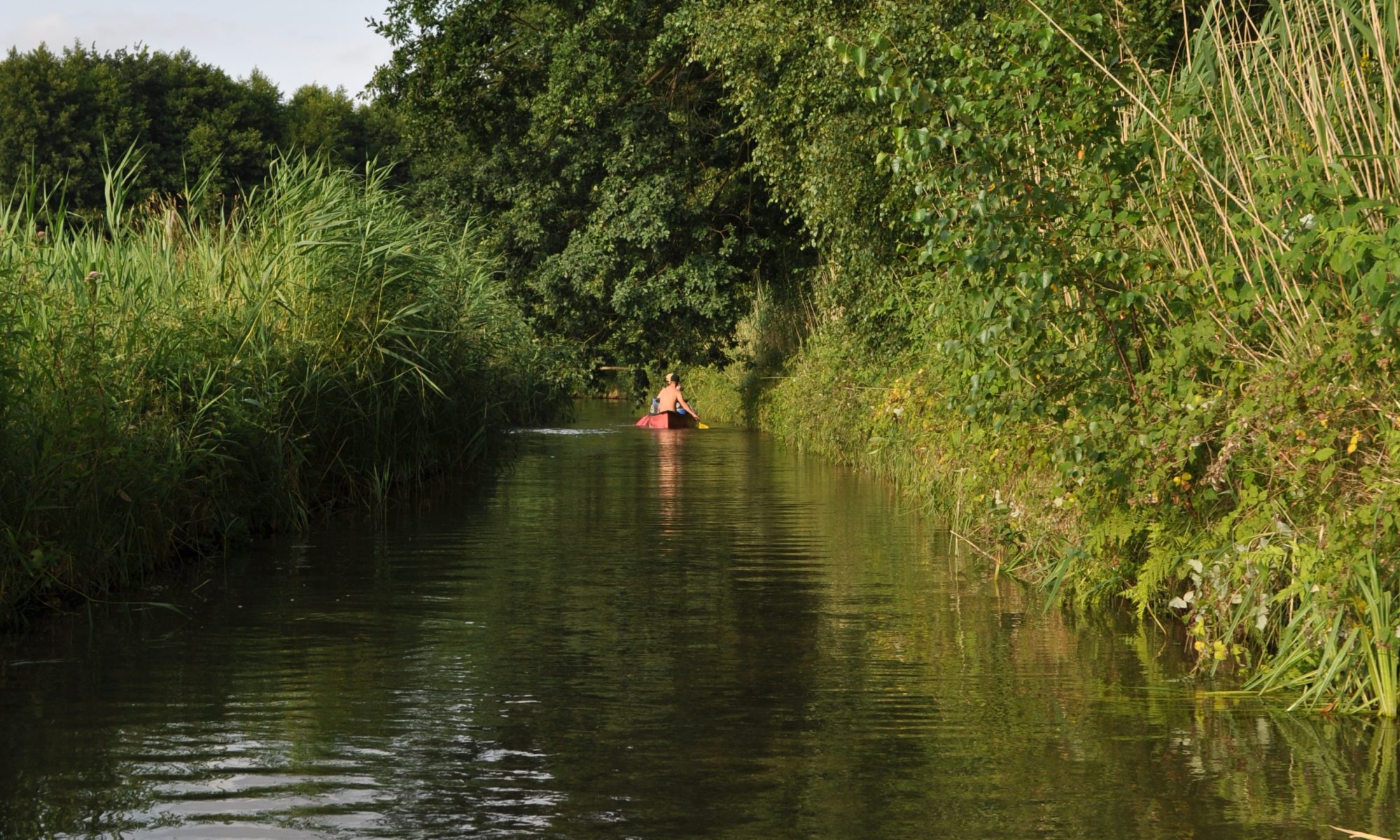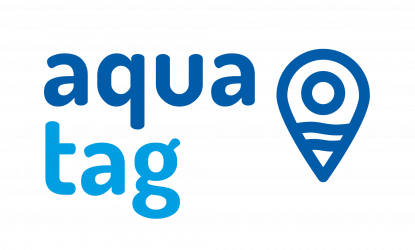Recreational activities on, in and along freshwaters: Dynamics, ecological impacts, social meaning and sustainable management
Daily recreational activities on rivers and lakes are of enormous importance in our society. The recreational use is both dependent on the quality of the water, but can also (mostly negatively) influence it. Properties such as water quality, natural environment and infrastructure, accessibility and visitor density define the attractiveness of a water body. However, this can be evaluated very differently by different user groups and individuals of a group. A central assumption of the project is that quality of use and ecological quality can be assessed via the common interface "ecological and social carrying capacity". However, the necessary basis, a systematic, temporally and spatially differentiated assessment of the various uses, is not yet available German-wide.
Throughout Germany, recreational uses are to be evaluated by analyzing geo-referenced data from social media as well as usage information from German sports and leisure associations (e.g. German Rowing Association). Further, usage preferences are assessed and quantified with representative surveys. The temporal and spatial derivation of usage peaks is of particular importance. This information is combined with information on ecological status at water body level in accordance with the Water Framework Directive in order to derive statements on the interrelationships. For a detailed consideration of user preferences and ecological effects, as well as the consideration of possible conflicts of use, various studies at regional level are planned. The implementation in practice is to be tested in two model regions (Spree/Havel and Diemel) accompanied by application partners.

The project is organised in 6 work packages (WP), which are closely interlinked and all ultimately aim to improve the understanding of the loops user satisfaction, ecological quality and management and to link them via the interface of ecological and social carrying capacity.


 WP1
WP1